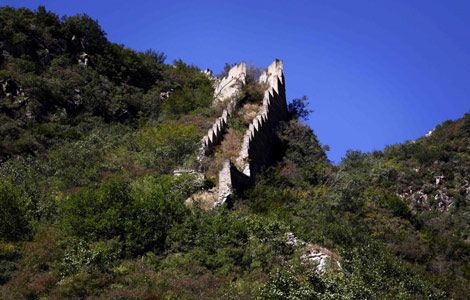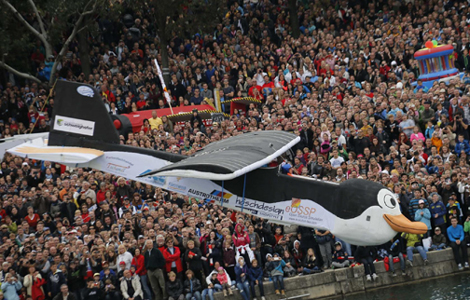A who's who of hutong
Updated: 2011-12-28 09:38
By Li Yao (China Daily)
|
|||||||||||
BEIJING - As most of his colleagues took up new exercises, played chess or traveled in retirement, Shu Shizhong chose to stroll along Beijing's hutong, the ancient narrow alleys commonly associated with Beijing.
From 1987 to 2002, Shu visited all hutong that he knew of, and in the years since has drawn 30 maps showing the intricate hutong locations and layouts in Beijing.
|
 |
Now, more than half of the hutong Shu visited have vanished in the process of urbanization.
Yet the 80-year-old feels part nostalgic and part proud to have kept a lost culture alive with his camera, notebooks and writings about hutong anecdotes and history.
When he started his visits, Shu set two priorities: hutong to be torn down soon or those farther away from his home in the southwest corner of Beijing should be visited first.
"I knew it would take many years' work. So I saved the hutong close to home for my later years in case I became old and frail and could not go that far," Shu said.
A typical hutong excursion began at 4 am. At daybreak, Shu arrived by bike, then strolled back and forth, made measurements with his footsteps, and took notes of what he measured and what he saw.
At noon, he headed back home. After an afternoon nap, he reviewed the notes and marked the details that he found interesting, and looked for books to confirm mysterious parts of hutong history that had been obscure or unknown.
Some major findings appeared in cultural relic publications.
Shu once met an old man in his 90s, Qian Hongxu, who claimed to be the 33rd generation descendant of a lord in the ninth century, and the large house he lived in was the Qian clan ancestral hall dating back more than 200 years.
The only proof Qian could provide were epigraphs on a stone buried under the courtyard.
Shu later verified Qian's account, as he found a copy of the epigraphs from the National Museum in Beijing and double-checked from brief mentions of the ancestral hall in several history books.
Shu's writing led to public awareness of the need to protect the cultural relics. In 2009, the place was repaired under a government-led traditional housing renovation program.
Yet he also encountered unpleasant incidents during his excursion. "I have been mistaken for a burglar, a weird guy and even a spy," Shu said.
A young police patroller once confined him in a neighborhood committee office for hours because Shu was spotted at dawn looking around and making suspicious measurements.
To focus on hutong, Shu gave up many old hobbies, such as dancing, performing, playing basketball, football and badminton, and the family had to cancel many trips abroad.
Except for tours to relic sites with the municipal cultural relics protection association, of which he is a member, Shu never made other personal travels in the past 20 years.
"He has little time to accompany me doing things I like, shopping, going to the park and traveling. But what can I do?" asked Xi Peiqin, Shu's wife, as she came out of the kitchen and looked at Shu, who leaned against the wall beside the door with a guilty smile.
Shu's son, Shu Bo, works in South Africa and respects his father's choice.
"At first, I supported him as it was his new hobby in retirement. I did not expect he would make it such a big meaningful project," Shu Bo said.
In November, the Beijing Municipal Archives contacted Shu and offered to include his hutong maps as part of their collection.
"These meticulous maps Shu created are highly valuable and should be put under good care," said Yu Zhaona, a staff member of the archives.
Shu has turned down the offer for the time being, as he wants to finish his writing plans before donating the maps to the government.
Shu grew up in a hutong and what he misses most is the warmth and closeness among neighbors.
"Living in a hutong, it was impossible not to get familiar and cordial with one another, because people met whenever they came out. They nodded, said their greetings and had small talk. Nowadays, people living in the same neighborhood seldom meet up, even in renovated hutong areas," Shu said.











